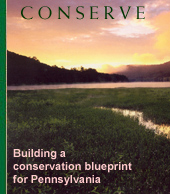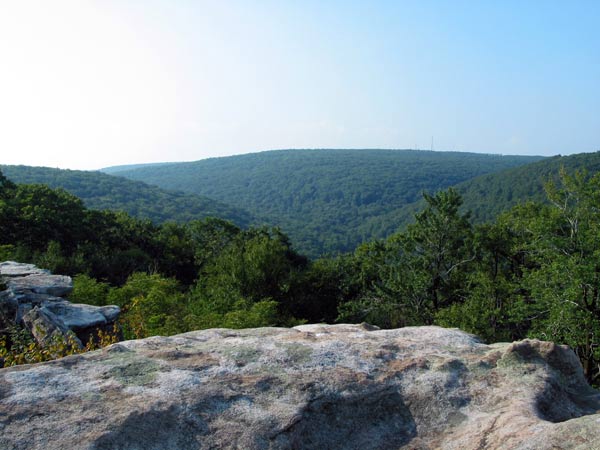![]()
![]()
![]()
![]()
![]()
![]()
![]()
![]()
![]()
![]()
![]()
![]()
![]()
![]()
![]()

Key Features
• Medium gradient streams of the Potomac drainage host aquatic species not found elsewhere
• Long forested mountain ridges; forests include oak-hickory-hard pine communities
• Aspects of regional geology and soils (shale, etc.) support important endemic habitats
Conservation Targets
• Seven Biological Diversity Areas, totaling 28,000 acres of important habitats
• 33 occurrences of globally rare plants, invertebrates and vertebrates including harperella and Allegheny stonecrop
• 17 occurrences of important natural communities, including shale barrens
• Seven forest blocks totaling 154,300 acres
• 151 miles of the best representative stream ecosystems
Partners
Pennsylvania and Maryland chapters of The Nature Conservancy
Ridge and Valley Streamkeepers
Laurel Highlands The Allegheny Mountains and the northward flowing Youghiogheny River are an extension of an ecoregion starting in West Virginia and Maryland. In Pennsylvania, portions of Fayette, Somerset, Westmoreland and Cambria counties contain four mountain ridges that define these highlands: Chestnut, Laurel, Negro and Allegheny. High gradient streams, sandstone outcrops and intact forest patches further define this rugged landscape.
View the next conservation priority area: Great Lakes - Lake Erie Shoreline and Conneaut Creek
|
|
|
